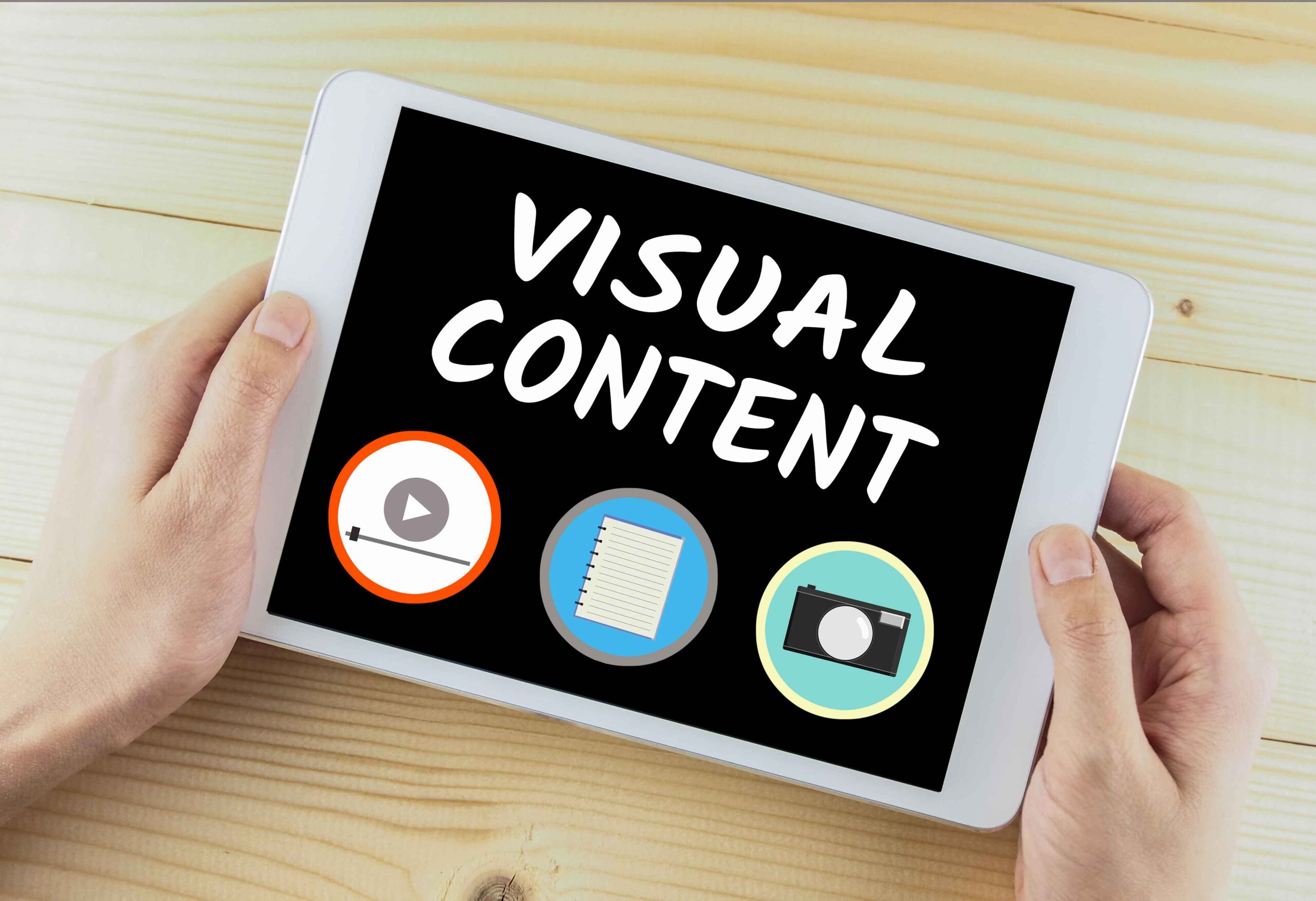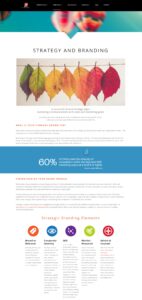Communicating visually is one of the best ways for companies to connect with their audience and create lasting impressions. Savvy marketers know that captivating content can not only inspire and entertain audiences, but it can also educate and create a devoted following of its products and services. According to a study republished by Forbes, 91% of consumers prefer visual content over the written word.
Delivering the Goods
 So how should marketers go about giving their audiences what they are looking for? How do marketers and creative departments navigate all the visual content out there and deliver what it is their clients want? How do they decipher what photos, videos, graphics are best?
So how should marketers go about giving their audiences what they are looking for? How do marketers and creative departments navigate all the visual content out there and deliver what it is their clients want? How do they decipher what photos, videos, graphics are best?
Like with anything else in marketing, organizations need a plan in order to tell meaningful visual stories. By having a plan in place, marketers can streamline the organization, production and distribution of its creative pieces.
Understanding What is Wanted and Needed
The demand for visual content continues to be on the rise, especially with the increase in digital and mobile content since the beginning of 2020. People are spending increasingly more time on their devices, and because of the fast-paced, instant gratification society we live in, reaching customers simply with the written word no longer gets the job done. It is video content and visuals they are looking for. These are things that the mind can process quickly and easily. According to a 2019 statistic in Campaign Monitor the average adult has an attention span that is less than that of a goldfish.
Adults typically pay attention to one task for about 8 seconds.
Not because they can’t stay tuned in longer, but because there is so much going on around them and for their mind to process that they move quickly to the next thing. So, knowing how and what you should be engaging your audience with can be tricky.
Getting Your Customers to Interact with You Through Visual Marketing
Words are no longer enough to engage with your customers. Your audience is looking for something that reaches in and grabs them quickly in order to ‘stop the scroll’. Visuals done well will capture their initial attention enough to get people to then read your longer content.
So, you may be thinking, what is the best way for me to visually engage with my audience? What options do I have? What avenues should I be looking at? Below are some simple tips and rules of thumb to get you started.
Include Visuals in as Much Content as You Can
As much as the above statement is obvious and should go without saying, you would be surprised how many companies forget to include visuals in things like their blogs, on pages of their websites or in their social media posts. Visuals are attention grabbers. Use them!
In order to be successful in content marketing, you must not only know what the people in your industry want to see, but you must also provide it to them where and how they will actually consume it. Sort of like the quote, ‘If we build it, they will come.’ Knowing what sort of content and visuals resonate with your audience is key if you want to drive them to your website and have them stay for a bit. Short, information packed paragraphs with visuals that catch the eye and attention of your readers is what works best. Whether it is a photo, chart or list, a good visual stops readers in their tracks.
Types of Graphics and Visuals to Use
Visual elements aren’t only pictures. Some examples of visuals you can use include charts, infographics, illustrations, GIFs, videos, icons, photos and more. Even a list or stylized quote/callout in a different font or color can be distinguishing enough from the surrounding content to be considered a visual.
Each type of visual element has its place depending on the goal of your content piece. Numerical data is better represented in different formats than a visual representation of an industry application. Knowing when and where to use various visual formats is just as important as using visuals at all.
Make Your Visuals Captivating
Simply choosing random visuals and slapping them in your content pieces is not going to get you anywhere but ignored or make people confused. It is really important to be strategic in your thinking and use visuals that are appropriate not only in how they appear, but also where they are positioned in the content.
Visuals also help with readability by highlighting important sections and/or breaking up long sections of text into more manageable sections. Remember those short attention spans we mentioned?
Visuals and Social Media
Using the right graphics in your social media posts will help grab people’s attention in the newsfeed and get them to read more and click through. Think about how many times you scroll right past something because it is simply a block of text. Images oftentimes catch our attention and stop us in our tracks. Especially if they are interesting.
Creating a photo in the right size for whatever platform you are using is key. For example, a post graphic on LinkedIn has specific dimension requirements, while a graphic on a website has more flexibility in size. Be mindful of where you are posting and whether there are any size constraints.
Website and Blogs
Visuals for your website or blog should be eye-catching, timely and relate to what is written on the page. No one wants to look at outdated visuals. Be sure to keep your visuals fresh and on point.
A good visual can also encourage people to share your content.
You know what else keeps your audience engaged and on your platform? Videos. Videos not only keep the attention of audience your longer, but they also help you generate more traffic to your site or blog, which in turn translates to more chances of conversion. Videos are great visual content.
Whitepapers, Articles and Collateral Materials
Although graphics are not usually the first thing you think of when creating long-form content, visuals are extremely important when it comes to designing the layouts of whitepapers, articles and collateral materials. They break up large amounts of copy and are a good way of illustrating what you are writing about. Using infographics, charts and bulleted lists are an excellent way to do this, as well as stylized text, sidebars, etc.
How to Gather Visuals to Use in Content Pieces
One of the most valuable pieces of visual content is the one generated by your customers. Testimonials are a powerful way for potential customers to really trust you and learn about your product or service. Consumers are more willing to believe the people that have purchased your product and used it, then they are to trust what you are saying about your company. So, encouraging your customers to share their experiences is really important and can be extremely impactful on your bottom line. Including images of products in use by customers validates and enhances these testimonials.
If customer images aren’t available, stock images are readily available for many topics, many even for free. If you have a graphic design team, they can help create custom charts, infographics, icons and more, depending on the specific needs of your content piece.
Keep It All on Brand
Visual marketing can be a powerful thing. When done correctly it can tell a captivating story about your company, brand and products. If you are able to create a compelling story through videos and images, customers are more willing to interact with you. Just remember that your visuals should all be created on brand. Custom graphics should use company brand elements, designated font and colors. Does your company prefer a style of images – macro vs micro view, product vs application, image at an angle or showing blurred motion, highlighting certain colors? Keep things consistent to maintain brand identity.
If you want to engage your audience more, visuals are the key. Content marketing will not be successful unless you have the visuals to go along with it. In our face-paced world, stopping your target audience in their tracks and getting a few minutes of their time is crucial. Visual content can be processed quickly and easily, while shaping the opinion of your audience in just a few moments.
